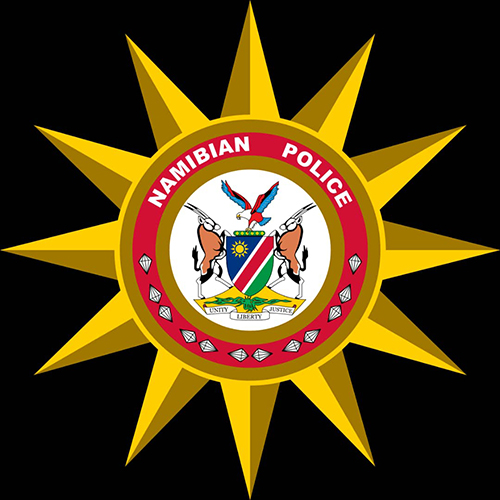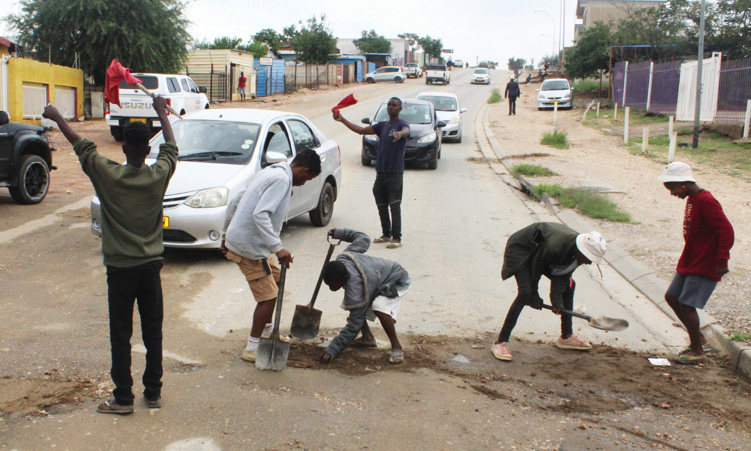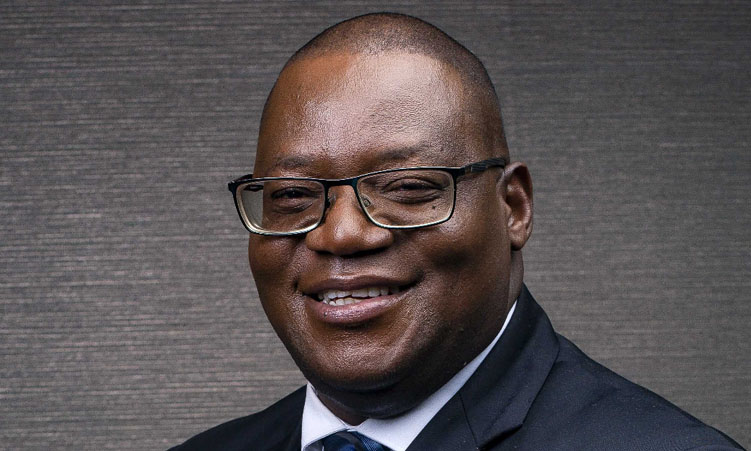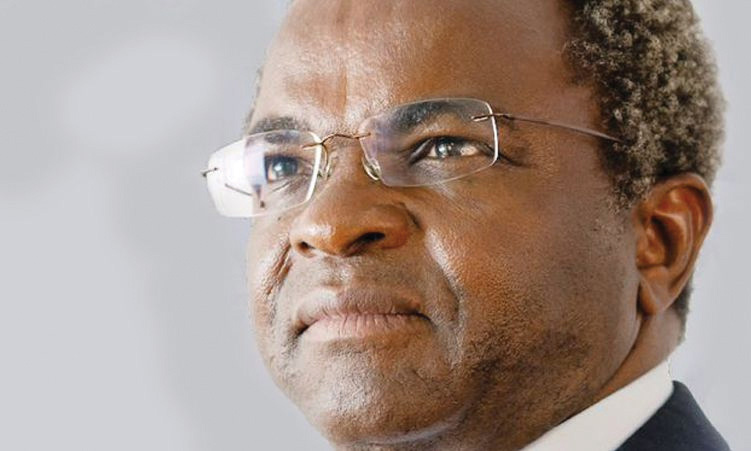WHILE people are still reeling from the effects of last month’s petrol price hike, another shocker is on the way – petrol is going up again on Monday.
Users of diesel will be hardest hit, as the commodity is going up by a whopping 50 cents, while petrol will increase by 31 cents a litre. On top of these big increases, the Ministry of Mines and Energy will add transport tariffs for the haulage trucks and rail transportation of fuel to inland destinations.Hence, on top of the basic diesel price increase there will an additional seven cents per litre of transport charges (depending on the destination), and an additional one to six cents for petrol.The new pump prices at Walvis Bay (factoring in the transport charges) will be N$7,56 for a litre of unleaded petrol, N$7,54 per litre of lead replacement petrol (LRP 93) and N$8,04 for a litre of diesel – which is an increase of 50 cents.Residents of Windhoek will have to pay N$7,76 for a litre of unleaded petrol, N$7,74 per litre of LRP and N$8,24 for a litre of diesel – seeing an increase of 51 cents for that particular type of fuel.Those in places further from the coast, like Keetmanshoop and Epukiro, will have to fork out the most.At Keetmanshoop a litre of UP 95 will now cost N$7,92 while LRP will go for N$7,90 and a litre of diesel will cost a whopping N$8,40 – which is an increase of 53 cents.Epukiro residents will be in hot water, as they will have to absorb some of the highest prices.A litre of UP 95 in that town will cost N$8,14, and a litre of LRP will be at N$8,12 with a litre of diesel going for a massive N$8,63 (the highest increase of a total 57 cents).”From Monday March 17 at 00h01, these prices will kick into effect,” a credible source revealed to The Namibian late yesterday afternoon.The source attributed the increases to the international crude oil prices, which have hit the record US$100 per barrel, and said the price was expected to hover around that level for the rest of the year.The weakening of the Rand/Namibian dollar against the US dollar – which is used for purchasing fuel – was also said to be another contributing issue.The source also said motorists should take into account that the new increases factored in transportation charges for both road and rail carriages.Cecily Kefas, a single mother of two, lamented the increase when contacted by The Namibian, saying taxi fares had gone up just a few weeks ago, and that had dealt a blow to her budget as her salary had not changed in more than a year.”How are we going to survive because this basically means that everything is again going up,” she said powerlessly.This will hit consumers hard as prices of basic foodstuffs are on a continuous upward trend due to droughts and economic instability around the world.Bread, cooking oil, milk, rice and maize meal are just a few of the vital foodstuffs that have shot up dramatically.Economist Martin Mwinga confirmed to The Namibian that this was indeed bad news for the public.”Although the Government has no choice to make such a decision due to the high oil prices, it’s however, not going to be easy for the ordinary person.People will have to dig deeper into their pockets.They will have to rely on borrowing, and again commercial banks are no longer so willing to lend,” he said.Mwinga said analysts had predicted interest rates to remain steady this year, but with the volatile oil prices pushing fuel prices and inflation up, the rates might just go up.On top of these big increases, the Ministry of Mines and Energy will add transport tariffs for the haulage trucks and rail transportation of fuel to inland destinations.Hence, on top of the basic diesel price increase there will an additional seven cents per litre of transport charges (depending on the destination), and an additional one to six cents for petrol.The new pump prices at Walvis Bay (factoring in the transport charges) will be N$7,56 for a litre of unleaded petrol, N$7,54 per litre of lead replacement petrol (LRP 93) and N$8,04 for a litre of diesel – which is an increase of 50 cents.Residents of Windhoek will have to pay N$7,76 for a litre of unleaded petrol, N$7,74 per litre of LRP and N$8,24 for a litre of diesel – seeing an increase of 51 cents for that particular type of fuel.Those in places further from the coast, like Keetmanshoop and Epukiro, will have to fork out the most. At Keetmanshoop a litre of UP 95 will now cost N$7,92 while LRP will go for N$7,90 and a litre of diesel will cost a whopping N$8,40 – which is an increase of 53 cents.Epukiro residents will be in hot water, as they will have to absorb some of the highest prices.A litre of UP 95 in that town will cost N$8,14, and a litre of LRP will be at N$8,12 with a litre of diesel going for a massive N$8,63 (the highest increase of a total 57 cents).”From Monday March 17 at 00h01, these prices will kick into effect,” a credible source revealed to The Namibian late yesterday afternoon.The source attributed the increases to the international crude oil prices, which have hit the record US$100 per barrel, and said the price was expected to hover around that level for the rest of the year.The weakening of the Rand/Namibian dollar against the US dollar – which is used for purchasing fuel – was also said to be another contributing issue.The source also said motorists should take into account that the new increases factored in transportation charges for both road and rail carriages.Cecily Kefas, a single mother of two, lamented the increase when contacted by The Namibian, saying taxi fares had gone up just a few weeks ago, and that had dealt a blow to her budget as her salary had not changed in more than a year.”How are we going to survive because this basically means that everything is again going up,” she said powerlessly.This will hit consumers hard as prices of basic foodstuffs are on a continuous upward trend due to droughts and economic instability around the world.Bread, cooking oil, milk, rice and maize meal are just a few of the vital foodstuffs that have shot up dramatically.Economist Martin Mwinga confirmed to The Namibian that this was indeed bad news for the public.”Although the Government has no choice to make such a decision due to the high oil prices, it’s however, not going to be easy for the ordinary person.People will have to dig deeper into their pockets.They will have to rely on borrowing, and again commercial banks are no longer so willing to lend,” he said.Mwinga said analysts had predicted interest rates to remain steady this year, but with the volatile oil prices pushing fuel prices and inflation up, the rates might just go up.
Stay informed with The Namibian – your source for credible journalism. Get in-depth reporting and opinions for
only N$85 a month. Invest in journalism, invest in democracy –
Subscribe Now!










